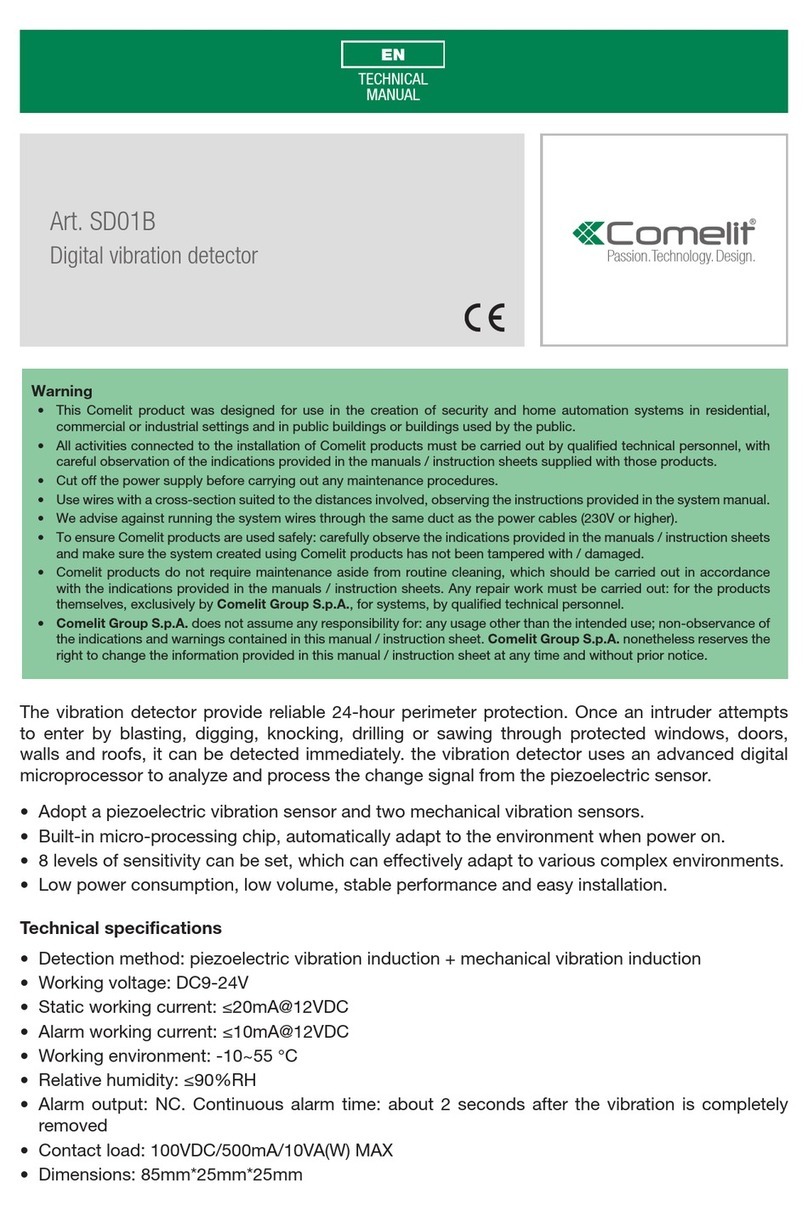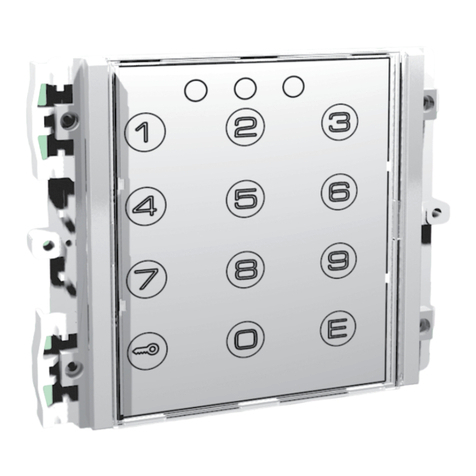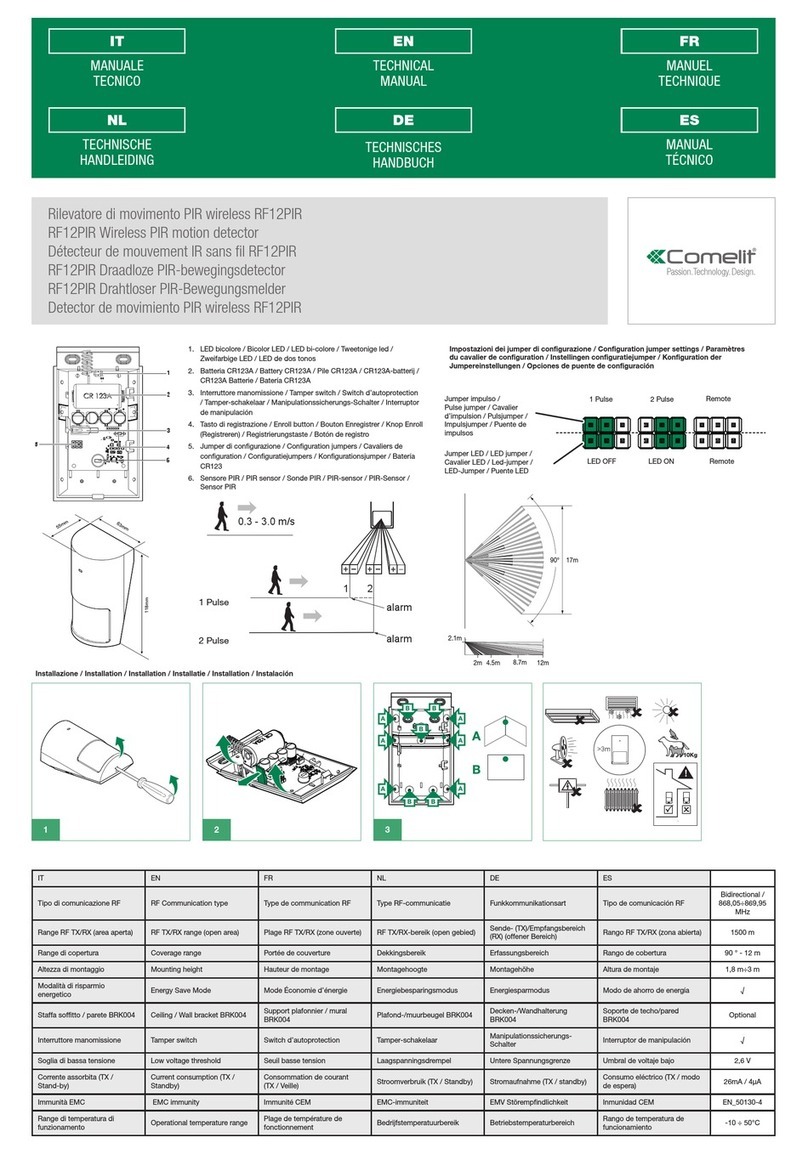Comelit DT12EAM User manual
Other Comelit Security Sensor manuals
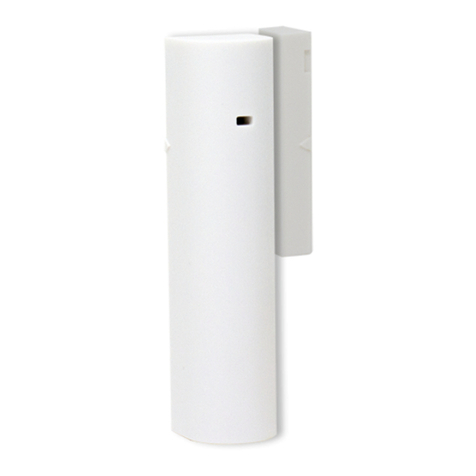
Comelit
Comelit RF1MCW User manual
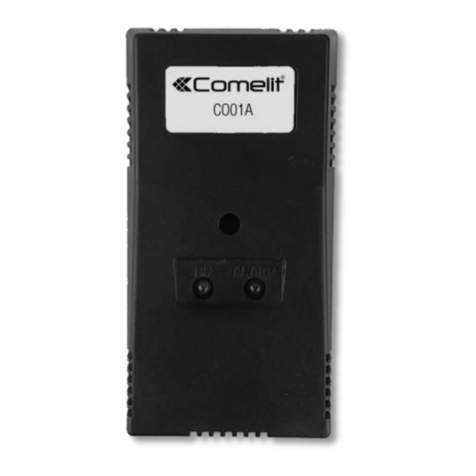
Comelit
Comelit C001A User manual

Comelit
Comelit RF2PIRAMW User manual
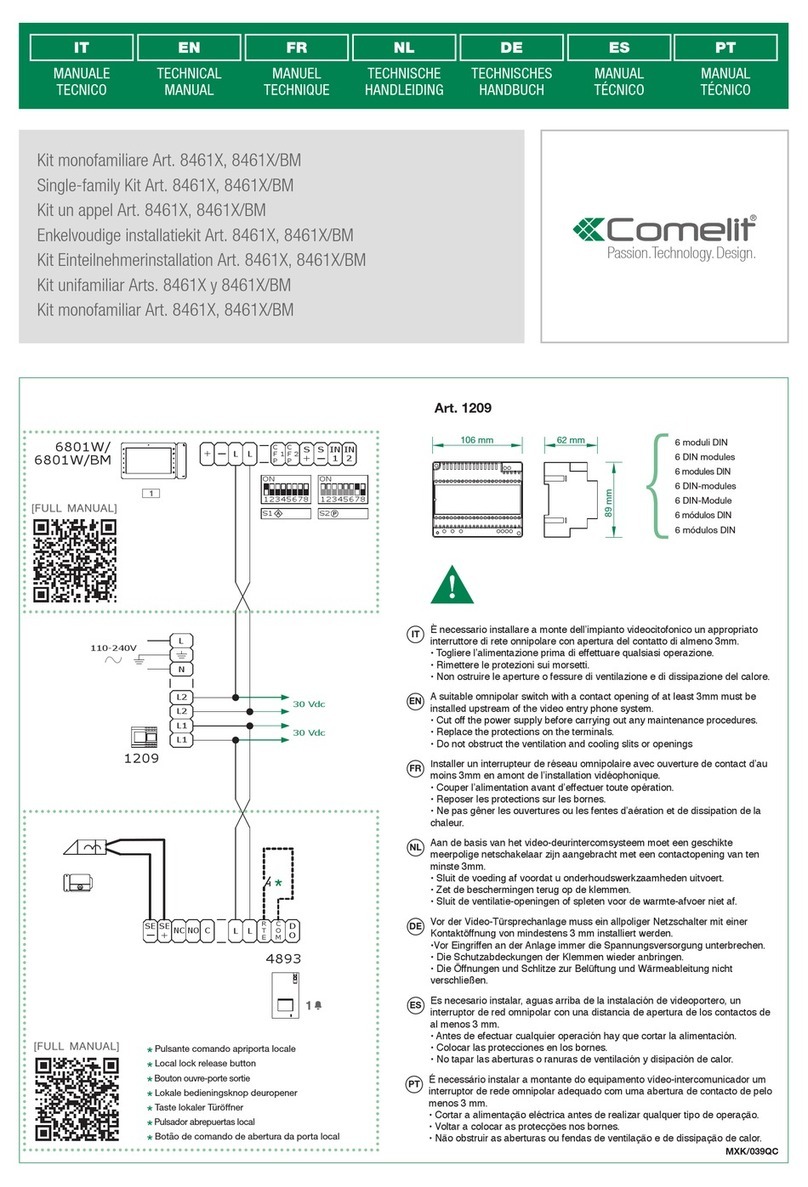
Comelit
Comelit 8461 Series User manual
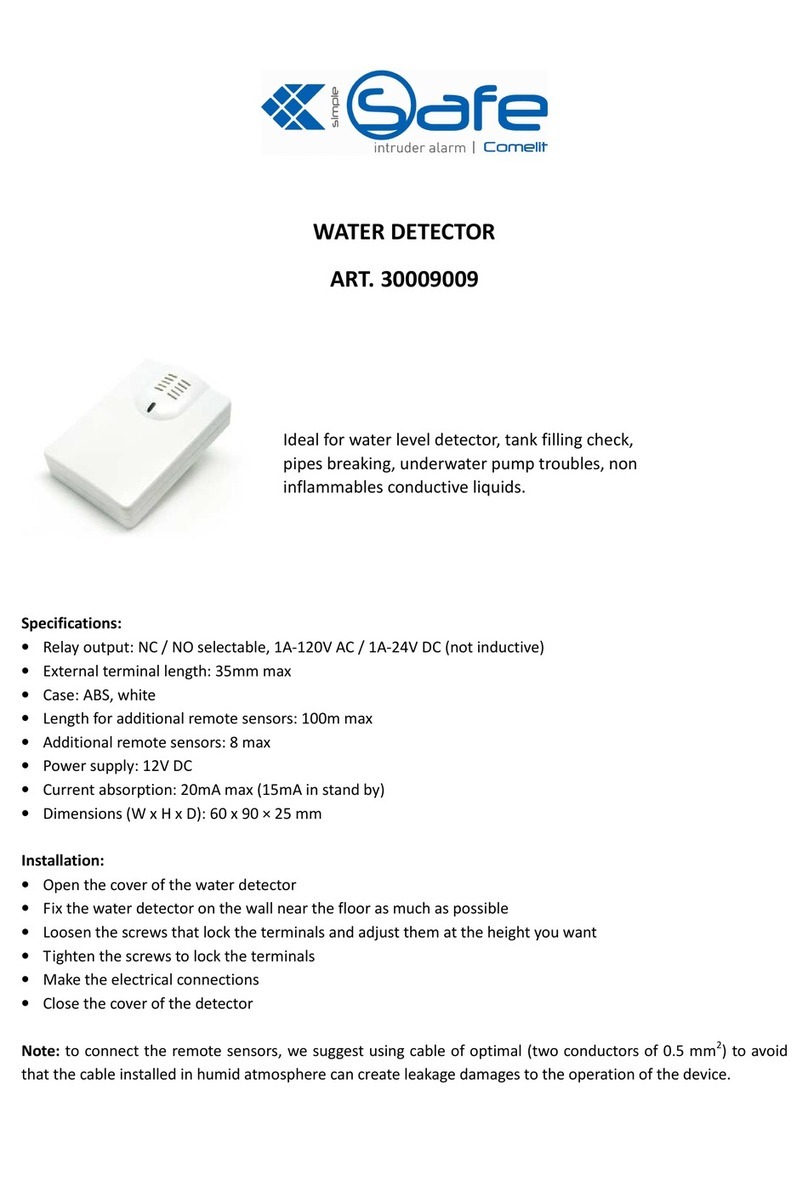
Comelit
Comelit 30009009 User manual

Comelit
Comelit 47SE192KM User manual

Comelit
Comelit WD01A User manual

Comelit
Comelit 41RCS100 User manual
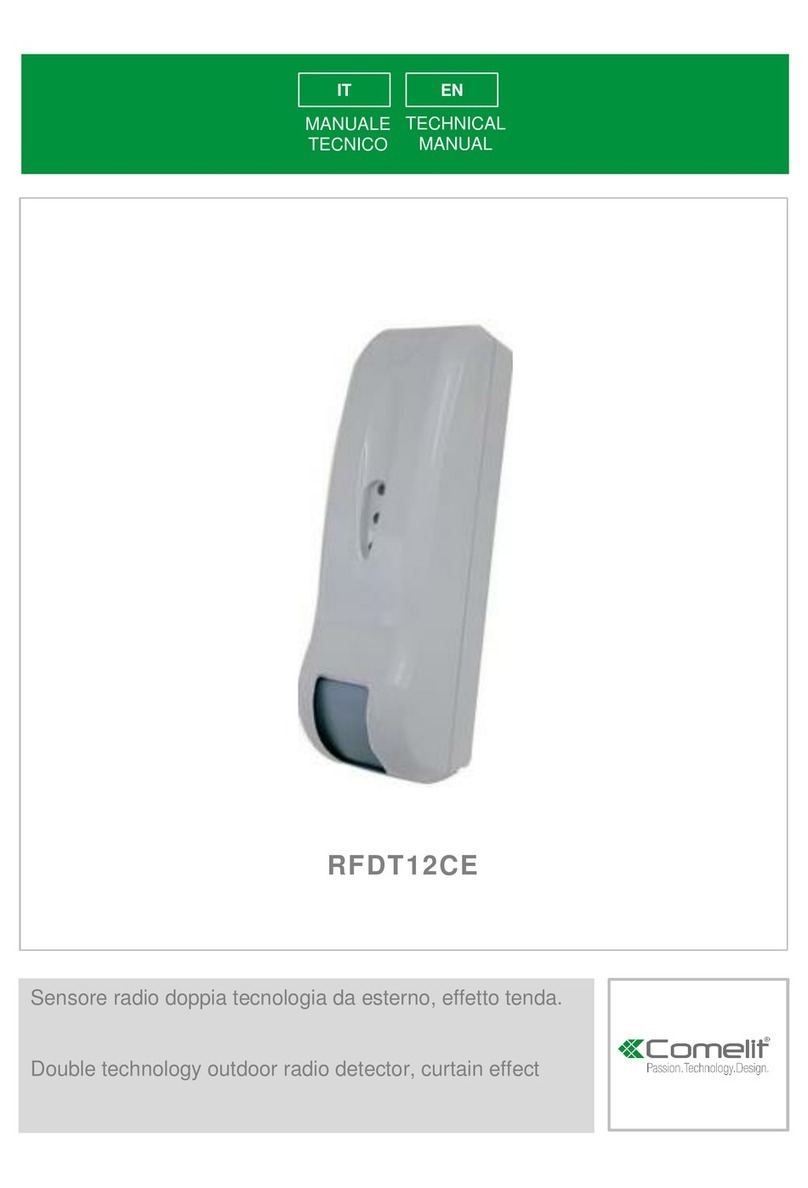
Comelit
Comelit RFDT12CE User manual
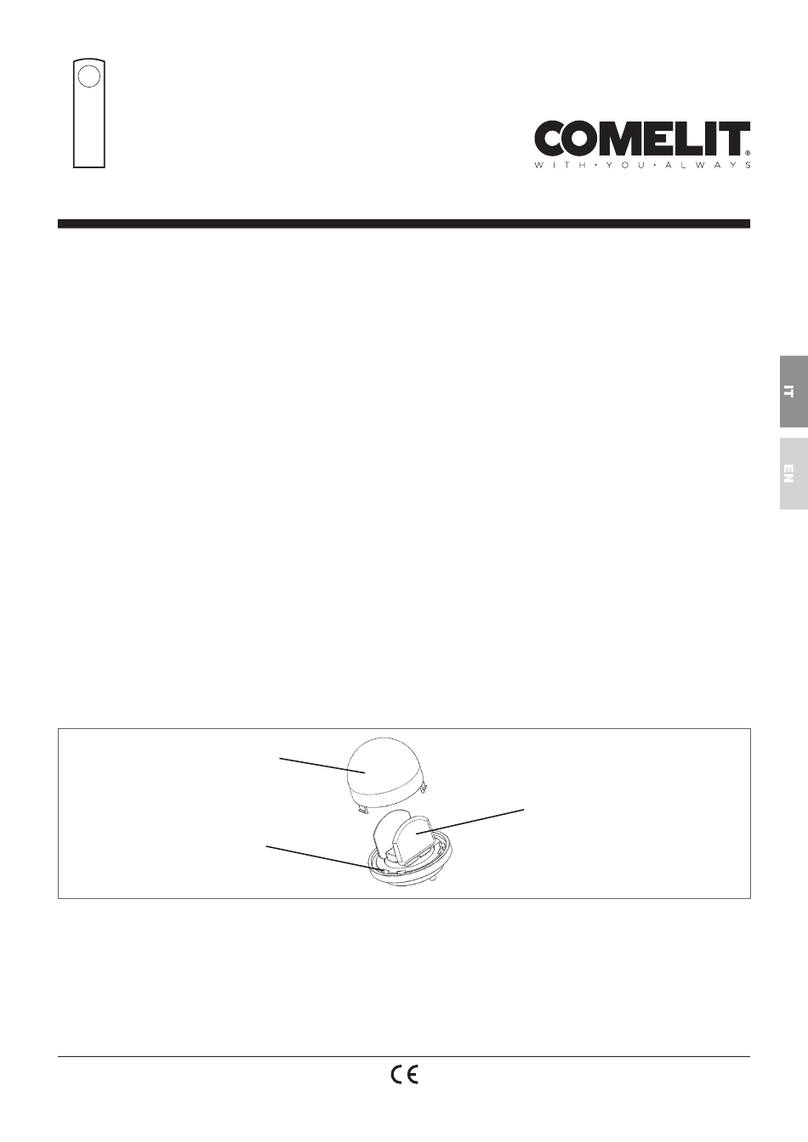
Comelit
Comelit DT02CW User manual
Popular Security Sensor manuals by other brands

Shinko
Shinko SE2EA-1-0-0 instruction manual

Det-Tronics
Det-Tronics X Series instructions

ACR Electronics
ACR Electronics COBHAM RCL-300A Product support manual

TOOLCRAFT
TOOLCRAFT 1712612 operating instructions

Elkron
Elkron IM600 Installation, programming and functions manual

Bosch
Bosch WEU PDO 6 Original instructions
